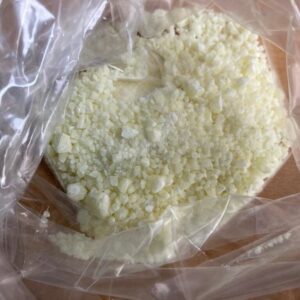Spice, also known as synthetic marijuana or synthetic cannabinoids, is a dangerous designer drug that has gained notoriety for its unpredictable and sometimes severe effects. Marketed as a legal alternative to cannabis, spice is not a single substance but a mixture of dried plant material sprayed with synthetic chemicals that mimic the psychoactive effects of THC, the main ingredient in marijuana.
Composition and Variability
One of the major concerns with spice drug is its inconsistent composition. The chemical compounds used to produce spice can vary widely between batches and brands. This makes it extremely difficult to predict its potency or the effects it may produce. Some batches may contain extremely strong chemicals that can lead to severe intoxication or poisoning even in small amounts.
Methods of Use
Spice is commonly smoked in a manner similar to marijuana, often rolled into joints or used in pipes. Some people also vaporize it or brew it as a tea. Because it is often marketed as “herbal incense” or “potpourri,” it can be deceptively sold in convenience stores or online, leading some users to underestimate its potential dangers.
Effects on the Body and Mind
The effects of spice can be much more intense and unpredictable than natural cannabis. Common short-term effects include:
- Altered perception and euphoria
- Anxiety, paranoia, or hallucinations
- Rapid heart rate and elevated blood pressure
- Nausea and vomiting
- Seizures or loss of consciousness in severe cases
Long-term use can result in chronic mental health issues, including persistent anxiety, depression, or psychosis. Physical health may also suffer, with reports of kidney damage, heart problems, and severe respiratory issues linked to synthetic cannabinoid use.
Legal Status
While some countries and states have banned specific synthetic cannabinoids, manufacturers often alter the chemical structure slightly to circumvent the law. This creates a constantly evolving market where new, untested compounds appear regularly. Because of this, even legal forms of spice can be highly unsafe.
Risks and Warnings
Unlike natural cannabis, spice is not well-studied, and its long-term effects are largely unknown. Cases of overdose, addiction, and death have been reported worldwide. Users may experience sudden, severe reactions, including psychotic episodes, heart attacks, or strokes. Mixing spice with alcohol or other drugs significantly increases these risks.
Conclusion
Spice is a potent and unpredictable synthetic drug that poses serious health risks. Awareness, education, and caution are essential for preventing harm. Anyone struggling with substance use should seek professional help, as the effects of synthetic cannabinoids can escalate quickly and unpredictably.
